The understanding of warp drive began in 1994 when theoretical physicist Miguel Alcubierre introduced the concept of a space-bending engine.
Faster-than-light (FTL) travel is a central theme in science fiction and interstellar travel. Naturally, this technology would be immensely beneficial to us in the real world, and although warp drives have been considered theoretically feasible, they remain beyond our current reach. Now, astrophysicist Erik Lentz has outlined a new theoretical design for a warp drive that could allow movement at light speed under normal physical conditions.
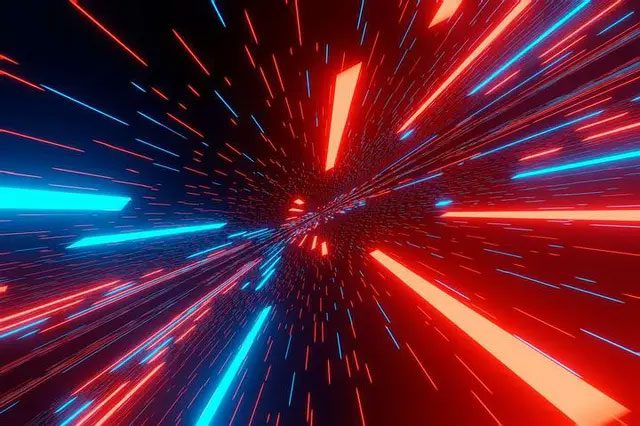
Warp drive – a type of engine that can bend space allowing an object to move from one point to another, instead of using a propulsion engine based on Newtonian physics. The concept of a warp drive has always been associated with a yet-to-be-proven notion of “negative energy.”
This type of engine relies on bending or distorting spacetime, allowing the propulsion of a spacecraft to move at speeds nearly equivalent to the speed of light while avoiding issues related to time dilation.
The problem is that, according to Einstein’s theory of general relativity, nothing can physically transmit faster than the speed of light. This is because as an object moves faster, its mass increases, and at the speed of light, that mass approaches infinity. Furthermore, it would require infinite energy to accelerate to that speed.
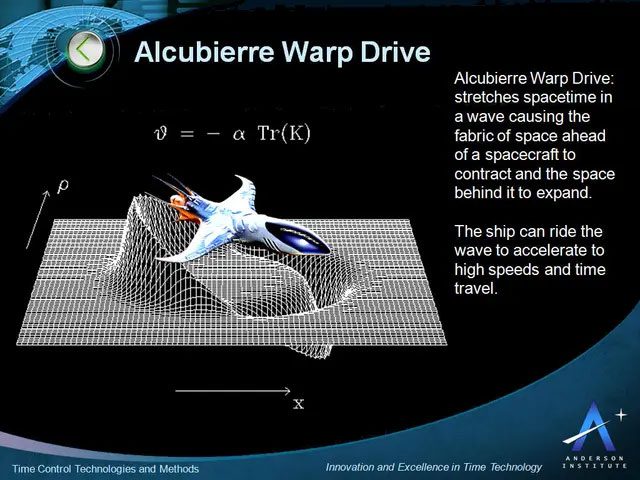
The starting point of understanding warp drive is 1994, when theoretical physicist Miguel Alcubierre introduced the concept of a space-bending engine. Since then, we have used the term “Alcubierre drive” to refer to this technology that has yet to exist.
However, there may be some loopholes. In 1994, Mexican theoretical physicist Miguel Alcubierre outlined a design for a longitudinal warp drive that could theoretically allow a craft to transmit faster than light without violating any physical laws.
The idea is to create a negative energy bubble around the craft so that the spacetime structure in front of it contracts and the space behind it expands. Essentially, the warp drive would use an enormous amount of energy – possibly even more than the total energy currently existing in the universe – to warp and twist spacetime around the spacecraft, creating a bubble isolated from the surrounding space.
At the center is a “flat” spacetime region where the ship can move freely, and if there are people inside, they would not even feel that the ship is moving.
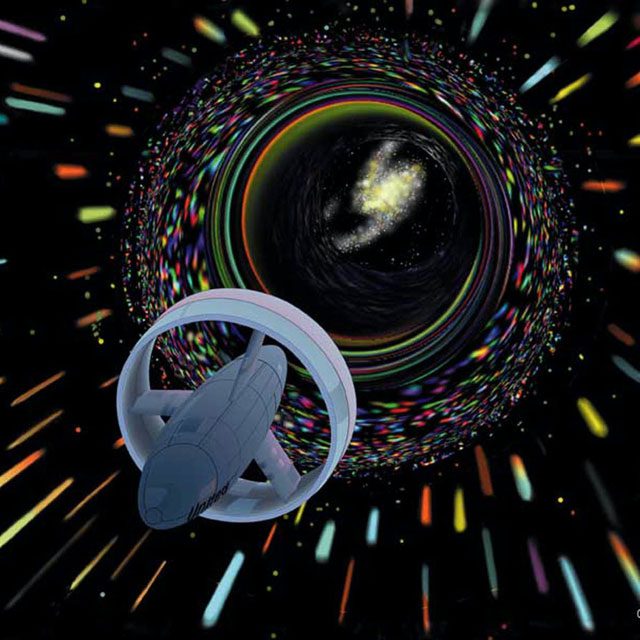
While researching previous longitudinal warp drive proposals, astrophysicist Erik Lentz from the University of Göttingen realized that specific configurations of the spacetime bubble had been overlooked. These bubbles are in the shape of solitons (stable particle-like structures) – compact waves that propagate at a constant speed without losing shape. Solitons can be seen in certain instances in water waves, atmospheric movements creating unusual clouds, or light moving through different media. In this case, the solitons propagate through spacetime itself.
Lentz discovered that certain soliton configurations could be formed using conventional energy sources, without violating any equations of Einstein and without requiring any negative energy density.
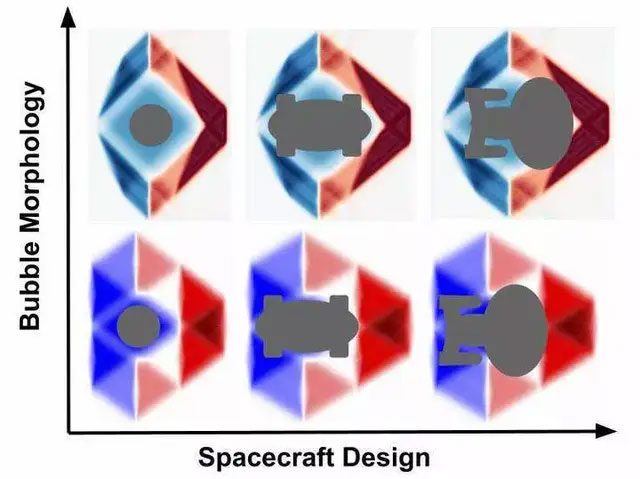
Illustration of various spacecraft designs based on theoretical shapes of superluminal particles.
Lentz synthesized his theory after analyzing current studies and identifying flaws in previous research on this topic. He believes that solitons could indeed travel faster than light and “create a conductive plasma and conventional electromagnetic fields.”
While this discovery suggests the possibility of faster-than-light travel, it remains fundamentally in the conceptual stage. Such a travel machine would require an enormous amount of energy that modern technology is currently unable to provide, “about 30 orders of magnitude more energy than modern nuclear reactors,” Dr. Lentz estimates, “Fortunately, some previous research has proposed energy-saving mechanisms that could reduce the required energy to nearly 60 orders of magnitude.”
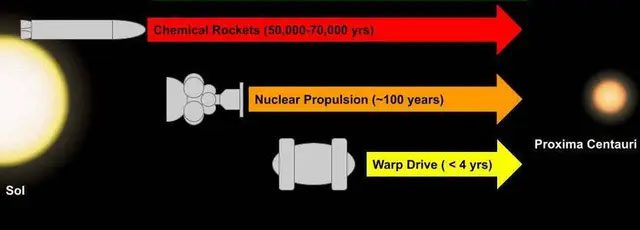
Lentz stated, “This work has advanced the issue of faster-than-light travel a step away from theoretical research in fundamental physics and closer to engineering. The next step is to find ways to reduce the astronomical energy levels required within the scope of today’s technologies, such as a large modern nuclear fusion power plant. After that, we can talk about building the first prototypes of the engines.”
In addition to the technical challenges, warp technology also poses potential risks. Warp travel could destabilize spacetime, leading to many unknown side effects and unpredictable consequences. For example, warp travel could lead to time travel, which may cause time paradoxes and disrupt causality.
Warp movement could have negative impacts on the physical health of crew members. Prolonged warp movement may expose the crew to high gravitational fields and radiation, challenging their health and survival capabilities.
As a concept of faster-than-light navigation, warp technology is very popular in science fiction works, but its feasibility faces significant scientific issues and technical challenges. The method of bending spacetime and creating negative energy and positive matter remains a scientific problem, and navigating warped speeds could also cause spacetime instability and endanger crew health.
In the current state of science, warp technology remains an unsolved mystery. However, with the continuous development of science and technology and humanity’s increasingly profound exploration of the universe, we still hold certain hopes and expectations for the development of warp technology in the future.




















































